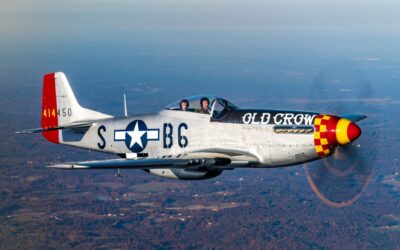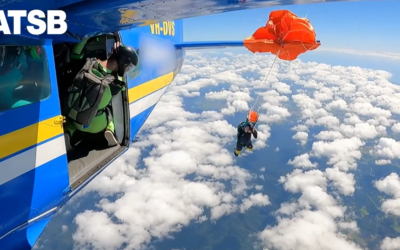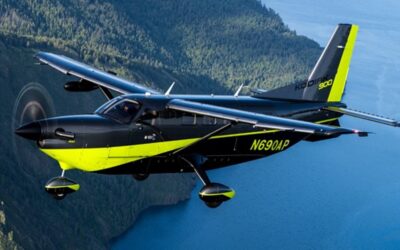Two pictures of Jupiter leaked by James Webb Telescope team | Science & Tech News

Two fascinating pictures of the gas giant Jupiter were leaked alongside the main images from the James Webb Space Telescope (JWST) released yesterday.
The images are not formal, full-resolution pictures released in the style of the main releases yesterday, but were included in a NASA commissioning document to show that its NIRCam (Near Infrared Camera) can track moving targets.
The composite shows a short-wavelength image of Jupiter on the left, and a long-wavelength image on the right, revealing the kinds of dramatically different atmospheric conditions that the JWST is able to spot.
Both images were taken with a 75-second exposure and they show the gas giant’s moons Europa, Thebe, and Metis. NASA notes that the shadow of Europa is also visible to the left of the Great Red Spot.
Read more: Why are these pictures such a big deal?
The ‘cosmic cliffs’ of the Carina Nebula, as seen by the JWST
NASA yesterday released a full set of images from its James Webb Space Telescope, showing what is said to be is the “deepest” and most detailed picture of the cosmos to date.
A deep field image of a cluster of distant galaxies as they looked billions of years ago – from the very earliest days of the universe – was first released by NASA alongside the president of the United States.
The second image was an analysis of the atmosphere of a giant planet called WASP-96b, and is the first “spectrum analysis” of an exoplanet’s atmosphere.
It was an example of the JWST using a technique called transmission spectroscopy to observe starlight filtered through planetary atmospheres.
Because the molecules in the atmosphere absorb particular wavelengths of light, whatever gets filtered through will reveal the chemical compositions of those atmospheres, and potentially indicate if the planet is capable of harbouring life.
The third image, another in infrared caught by the NIRCam, showed the Southern Ring Nebula created by a dying star, measuring nearly half a light-year in diameter.
The penultimate image showed a group of five galaxies known as Stephan’s Quintet, although only four of them are truly interacting – one is simply in the foreground.
Many commentators suggested that NASA left the best until last with its beautiful picture of the cosmic cliffs of the Carina Nebula.
Josef Aschbacher, the director general of the European Space Agency – a partner to NASA with the James Webb Space Telescope – said it moved him to tears.
See the pictures: Astonishing images show universe ‘as we’ve never seen it before’

The Southern Ring Nebula, as seen by the JWST’s NIRCam
Telescope’s mission
A partnership of scientists and engineers was formed between NASA, the European Space Agency and the Canadian Space Agency – and for 20 years they worked to complete the £8.4bn telescope.
On Christmas Day, 2021, the Webb was launched and it reached its destination in solar orbit nearly one million miles from Earth a month later.
Once there, the telescope underwent a months-long process to unfurl all of its components, including a sun shield the size of a tennis court, and to align its mirrors and calibrate its instruments.
The universe has been expanding for 13.8 billion years, meaning the light from the first stars and galaxies has been “stretched” from shorter visible wavelengths to longer infrared ones.
This is what allows Webb to see the universe in unprecedented new detail.
These pictures are the first of millions the new telescope will produce over its 20-year lifetime.
Each full-colour, high-resolution picture that was unveiled on Tuesday took weeks to render from raw telescope data.
Watch parties for the picture release took place all over the world including in the US, Canada, Israel, UK and Europe.
Recent Posts
- Jim Richmond Backcountry Aviation Foundation announces Mustang flight as raffle prize
- Saudi Aviation Club Partners with Switchblade Flying Car Manufacturer to Further Saudi Vision 2030
- WATCH: Skydiver dangles from Cessna Caravan after parachute snags on tail
- EAA brings back Homebuilders Week webinars for new and experienced builders
- Boeing-backed EVIO launches EVIO 810 hybrid-electric regional aircraft program







Recent Comments